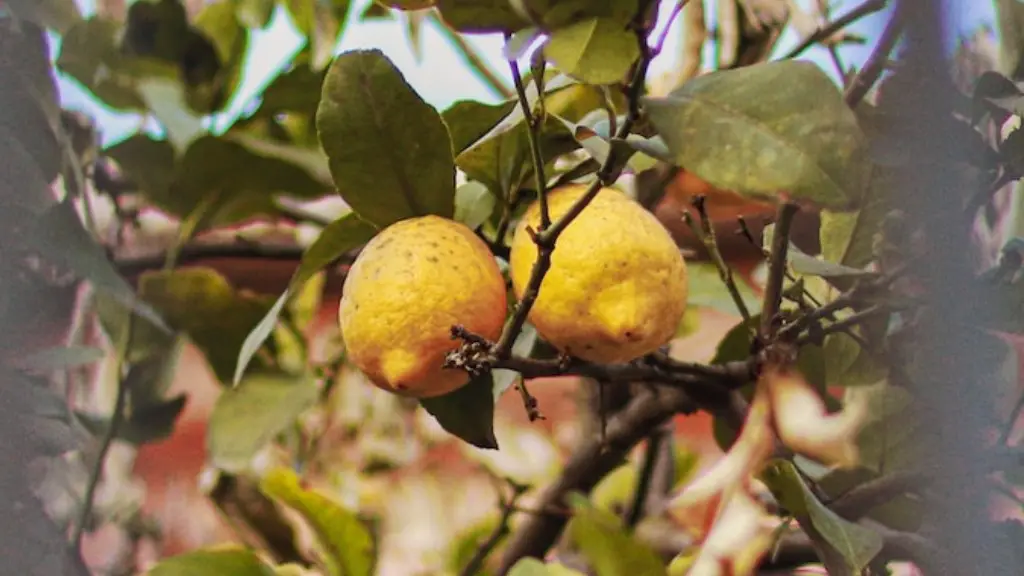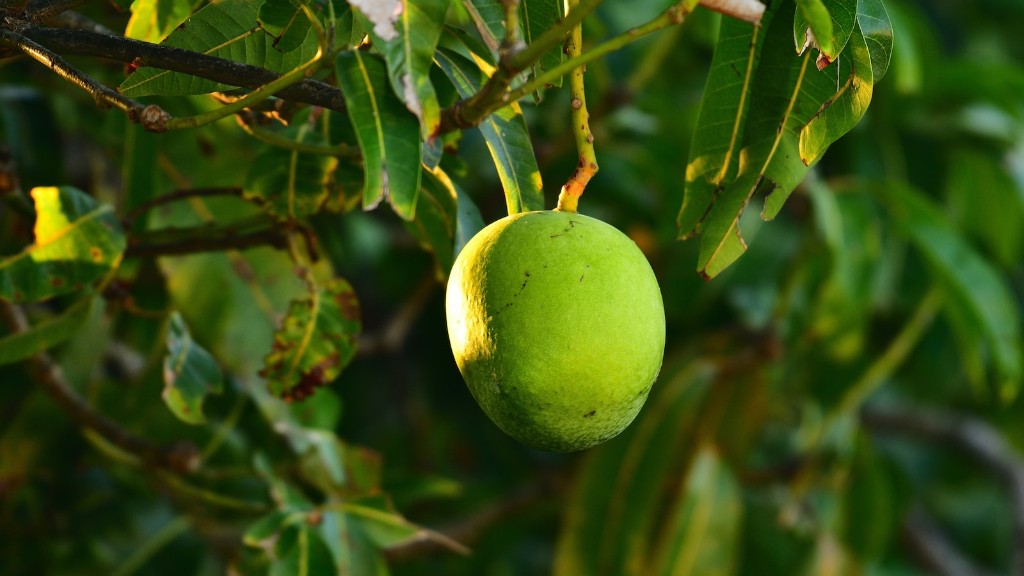Avocado trees have recently become increasingly popular due to the immense health benefits of their fruit. Growing an avocado tree from seed may seem like a difficult task but can be done with a little dedication, time and patience. Avocado trees may take up to a year before they bear fruit, so the hardest part is waiting and tending to it. Here’s a step-by-step guide on how you can successfully grow a fruit bearing avocado tree from a seed:
Choose a Healthy Seed
The first step in growing a healthy avocado tree from a seed is to choose a quality seed. Seeds from existing avocado trees are usually ideal and healthiest as compared to store bought produce. When choosing the seed, select a mature avocado that is a deep green, almost black color. If there is any sign of decay, avoid it, as it can hinder the growth and health of the tree.
Prep the Seed
If the avocado seed has a rough exterior, scrub it gently with a natural brush or sand paper until the fine white layer is visible. This is called the cotyledon and is the point of growth that will ultimately sprout leaves. After the cotyledon is visible, place the seed into a container filled with water. Make sure that the seed is fully submerged and only the cotyledon is visible. Over a few days, the seed should split open, indicating that the root is beginning to grow. Once the root has grown to 3 or 4 inches, it is time to transplant the root into soil.
Transplant the Root
Fill a pot with quality potting soil, making sure to leave a few inches of space at the top. Place the seed into the pot with the root facing downwards and covered lightly with soil. Sprinkle some water over the soil and make sure the soil is damp and not soaked. Moisten the soil every few days and be sure to never over saturate the soil. The seed should start to develop in a few weeks.
Place the Plant Near the Sun
Avocado trees require light and warmth to grow. Place the plant in a sunny location with temperatures of at least 65 degrees Fahrenheit and make sure to avoid changes in temperature. This can be achieved by keeping the plant away from radiators and air conditioners.
Feed the Plant
Aside from the sun, the plants will need some additional nutrients to help them bloom. You can either make an organic fertilizer using mixture of egg shells, banana peels, alfalfa meal and other natural ingredients or buy a conventional fertilizer. But be sure to read the label carefully and make sure the ingredients can be consumed by plants as some chemical fertilizers can be hazardous. Fertilize the plant once a month and make sure to check for signs of discoloration of leaves or wilting, as this may be a sign of over fertilization.
Water the Plant Regularly
Like other plants, avocado trees need to be watered regularly. Overwatering is a common mistake, so make sure to check the soil before watering; if the soil is damp and cool to the touch, it is best to hold off on watering. Water the soil directly, avoiding the leaves and stem of the plant. After a few months, the tree should start producing some flowers and eventually fruit.
Identify and Prune Pests and Disease
Pests and diseases can cause serious damages to the tree and ruin months of potential growth. Be sure to keep an eye out for any signs of pests or diseases, such as wilting leaves or discoloration of the bark of the tree. Prune off any affected parts so that the infection does not spread. Natural pesticides can be used to keep the plant safe from pest and disease.
Harvest the Fruit
Once the tree has produced fruits, harvesting the fruit is the next step. This can be done by cutting the fruit off or waiting for it to ripen and fall off naturally. Make sure to harvest the fruit before it becomes overripe, as the fruit will taste sweet and tangy. Once the fruit is harvested, the procedure is complete and you can enjoy freshly grown avocado from your own tree.
Select the Right Fertilizer
Fertilizier is essential for the health of an avocado tree, as it supplies essential nutrients for the growth of the tree. It is important to select the right type of fertilizer for an avocado tree, as the wrong kind can damage the tree. Organic and all-natural fertilizers are usually a safe bet, as they contain no harsh chemicals. Another option is a slow-release fertilizer, which releases nutrients over extended periods of time, ensuring the plant gets an even, balanced supply.
Check for Pests and Diseases
Overly wet soils can be a breeding ground for various pests and diseases, which can damage the avocado tree substantially. Regular checks should be carried out to ensure the tree is healthy and free from any infestations. Inspect the leaves, fruits, bark and roots of the tree in search of any signs of pests or diseases and act accordingly. If pests or diseases are found, take immediate action to prevent any further damage.
Protect the Tree from Severe Weather Conditions
Avocado trees are very sensitive to the weather and need to be protected from extreme temperatures, cold winds and hail. If possible protect the tree with a fence or a makeshift wall that will act as a shield against the elements. To protect against frost, use a row cover or sheet of cloth to blanket the tree. If the tree is planted in a pot, wrap the pot in cloth or bubble wrap to better insulate the tree.
Transplant the Tree at the Right Time
Transplanting the tree to a larger pot or directly into the ground can be beneficial for the growth of the tree, however, it is important to time the transplant correctly. Transplanting should be done during the warmer months, usually when the new growth season begins. This will ensure that the transplant is successful and the tree does not suffer from any shock.


